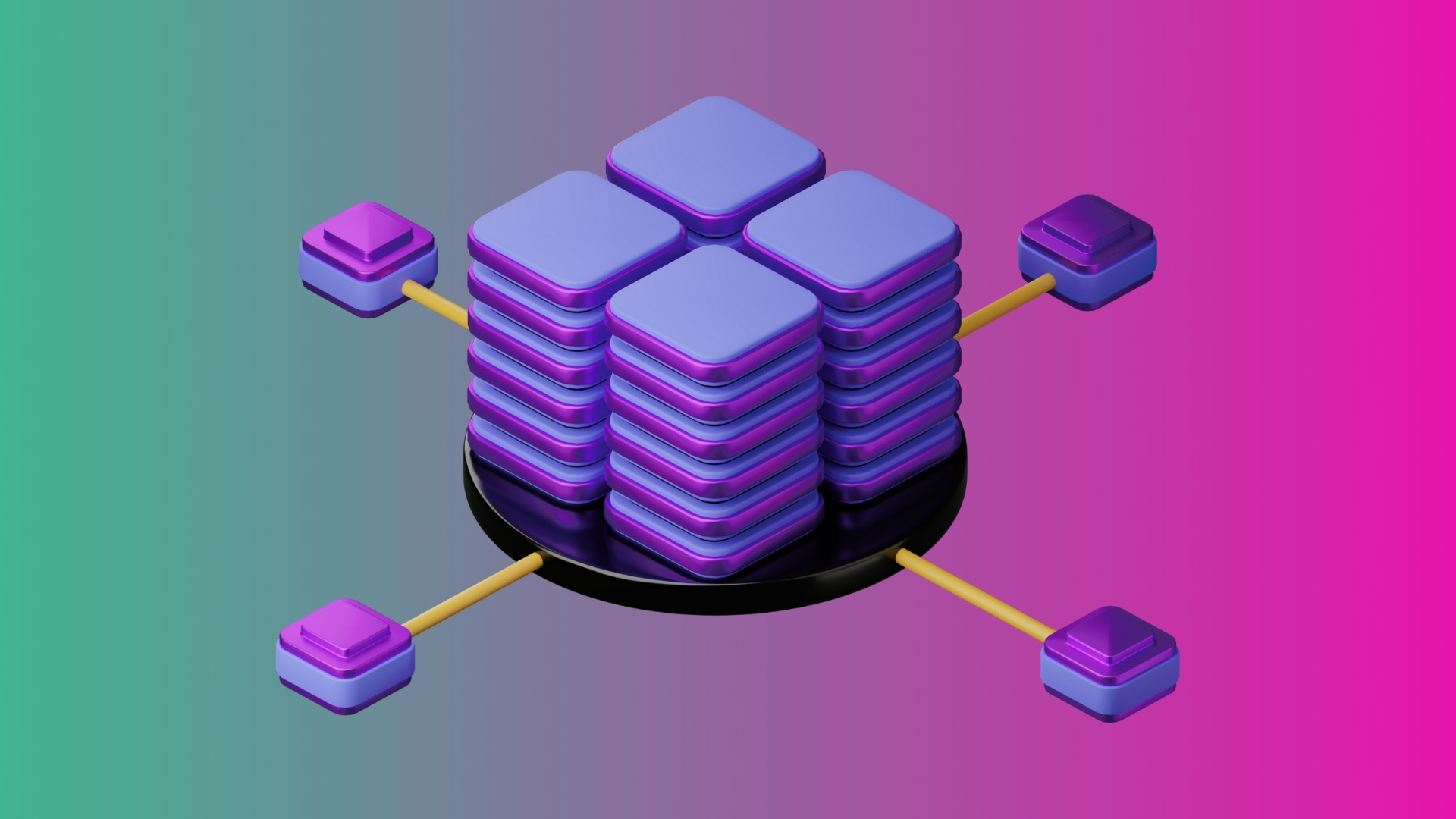What are Layer 2 solutions?
A comprehensive guide
As blockchain technology continues to grow, the demand for faster and more efficient networks is at an all-time high. Layer 2 solutions have emerged as a key innovation to address scalability and performance issues, making blockchain networks more practical for widespread use. In this article, we’ll explore what Layer 2 solutions are, how they work, and why they are critical for the future of blockchain.
What are layer 2 solutions?
Layer 2 solutions are protocols built on top of a blockchain’s base layer (Layer 1) to improve the network’s scalability and transaction speed. These solutions offload some of the computational and transactional burden from the main blockchain, allowing for more efficient processing.
Key Characteristics of Layer 2 Solutions
- Scalability: Increase the number of transactions a blockchain can handle.
- Speed: Reduce the time it takes to confirm transactions.
- Cost: Lower transaction fees by decreasing congestion on the main blockchain.
- Interoperability: Facilitate better interaction between different blockchain networks.
How layer 2 solutions work
Layer 2 solutions work by processing transactions off the main blockchain, or Layer 1, and then recording the final state back onto the main chain. This approach minimizes the load on the base layer, allowing for higher throughput and lower costs.
Types of Layer 2 Solutions
State Channels
- Example: Lightning Network (Bitcoin), Raiden Network (Ethereum)
- Function: Enable two parties to conduct multiple transactions off-chain. Only the final state of these transactions is recorded on the blockchain, significantly reducing the number of on-chain operations.
Sidechains
- Example: Plasma (Ethereum)
- Function: Operate as separate blockchains running in parallel to the main chain. They are connected to the main chain via a two-way peg, allowing assets to move between the main chain and the sidechain.
Rollups
- Example: Optimistic Rollups, ZK-Rollups
- Function: Bundle multiple transactions into a single transaction, which is then posted to the main chain. Optimistic Rollups assume transactions are valid and allow for challenge periods, while ZK-Rollups use zero-knowledge proofs to verify transactions.
Nested Blockchains
- Example: OMG Network (Ethereum)
- Function: Establish a hierarchy of blockchains, where a main blockchain oversees the operations of secondary chains. These secondary chains handle most of the transactions and periodically submit summaries to the main chain.
Benefits of layer 2 solutions
Enhanced Scalability
Layer 2 solutions can significantly increase the number of transactions per second (TPS) that a blockchain can handle, making it more suitable for mass adoption.
Reduced Transaction Fees
By offloading transactions from the main chain, Layer 2 solutions help reduce congestion, leading to lower transaction fees.
Faster Transactions
Processing transactions off-chain or in parallel to the main chain can drastically reduce confirmation times, enhancing user experience.
Improved Privacy
Certain Layer 2 solutions, like state channels, offer enhanced privacy since transactions are conducted off-chain and only the final state is recorded on the blockchain.
Challenges and considerations
Security
Ensuring the security of Layer 2 solutions is paramount. While they offer many benefits, they also introduce new attack vectors that need to be managed.
Interoperability
Layer 2 solutions need to maintain seamless interoperability with the main chain and other blockchain networks to maximize their utility.
Adoption
Widespread adoption of Layer 2 solutions requires user and developer education, as well as robust infrastructure and tool support.
Conclusion
Layer 2 solutions are a critical innovation in the blockchain space, offering a path to scalability, speed, and cost-efficiency. As the demand for blockchain technology grows, Layer 2 solutions will play an essential role in enabling the mass adoption of decentralized applications and services. By understanding and leveraging these solutions, the blockchain community can unlock the full potential of this transformative technology.
Free Blockchain Course


